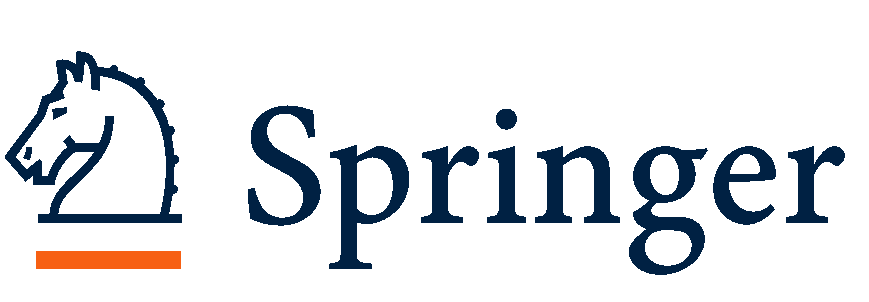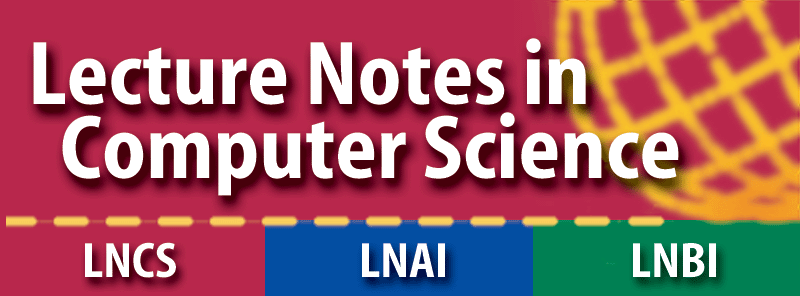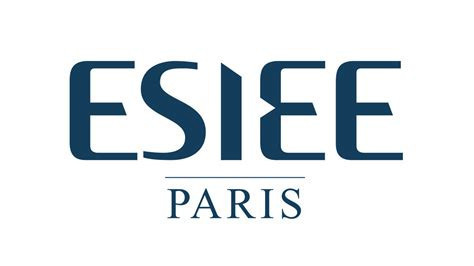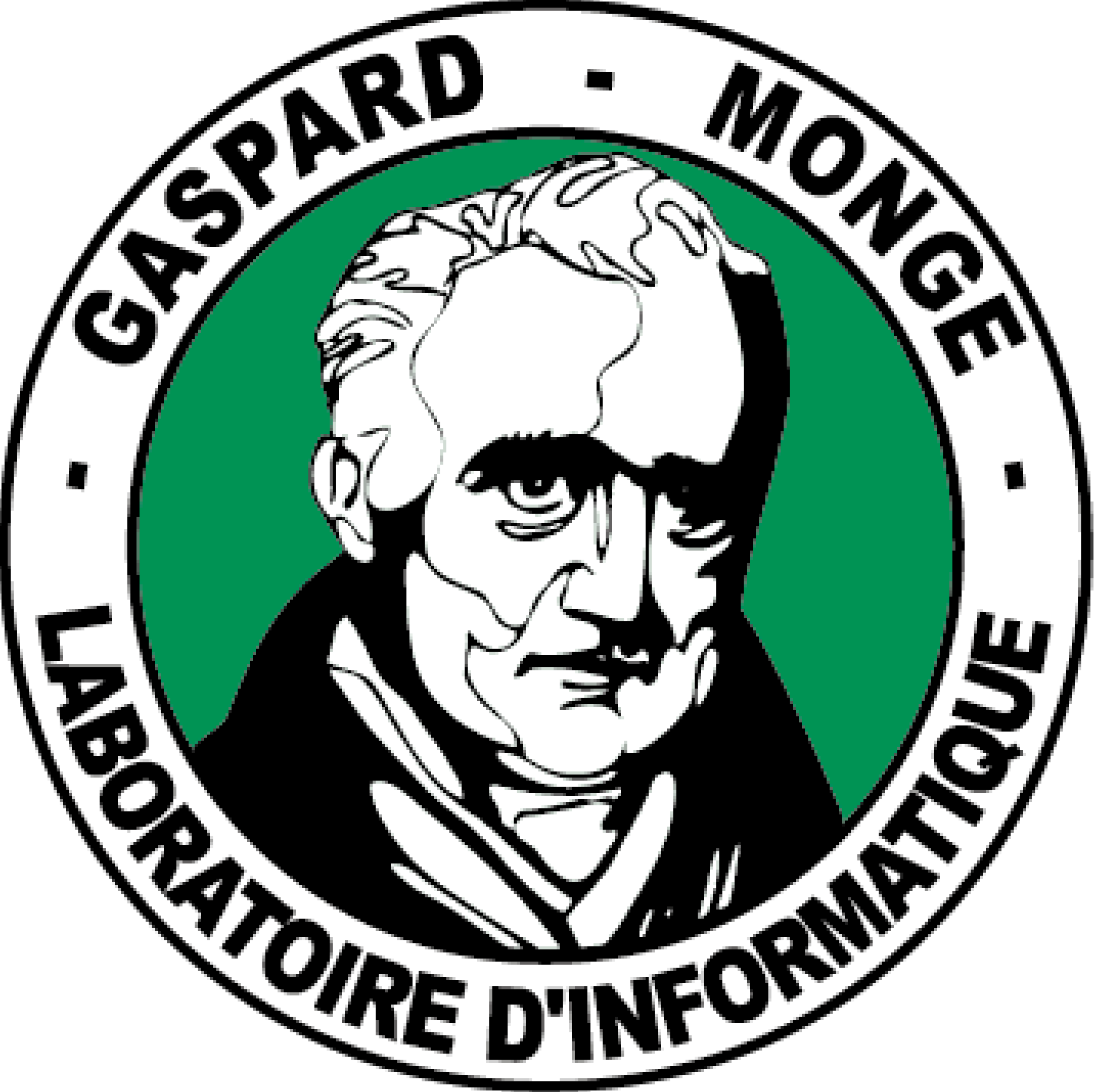
5th International Conference on Machine Learning for Networking (MLN'2022)
Keynote: Constantine Dovrolis, Georgia Institute of Technology, USA
Title: Evolution of network architectures and protocol stacks
Abstract
It is well known that many complex systems, both in technology and nature, exhibit hierarchical modularity: simple and general modules (or “protocols”), each of them providing a certain function, are used within more complex modules that perform more sophisticated functions. This is the case for instance with protocol stacks in computer networking. What is not well understood however is how this hierarchical structure (which is fundamentally a network property) emerges, and how it evolves over time. We propose a modeling framework, called Evo-Lexis, that provides insight to some fundamental questions about evolving hierarchical systems. We show that deep hierarchies emerge when the population of top-layer modules evolves through tinkering and mutation. Strong selection on the cost of new top-layer modules results in reuse of more complex (longer) nodes in an optimized hierarchy. The bias towards reuse of complex nodes results in an “hourglass architecture” (i.e., few intermediate nodes that cover almost all source–target paths). With such bias, the core nodes are conserved for relatively long time periods although still being vulnerable to major transitions and punctuated equilibria. Finally, we analyze the differences in terms of cost and structure between incrementally designed hierarchies and the corresponding “clean-slate” hierarchies which result when the system is designed from scratch after a change.
Biography

Dr. Constantine Dovrolis is a Professor at the School of Computer Science at the Georgia Institute of Technology (Georgia Tech). He is a graduate of the Technical University of Crete (Engr.Dipl. 1995), University of Rochester (M.S. 1996), and University of Wisconsin-Madison (Ph.D. 2000). His research combines Network Science, Data Mining and Machine Learning with applications in climate science, biology, neuroscience, sociology and machine learning. More recently, his group has been focusing on neuro-inspired architectures for machine learning based on what is currently known about the structure of brain networks. He is currently on sabbatical at the KIOS Research and Innovation Center of Excellence, in Cyprus.





